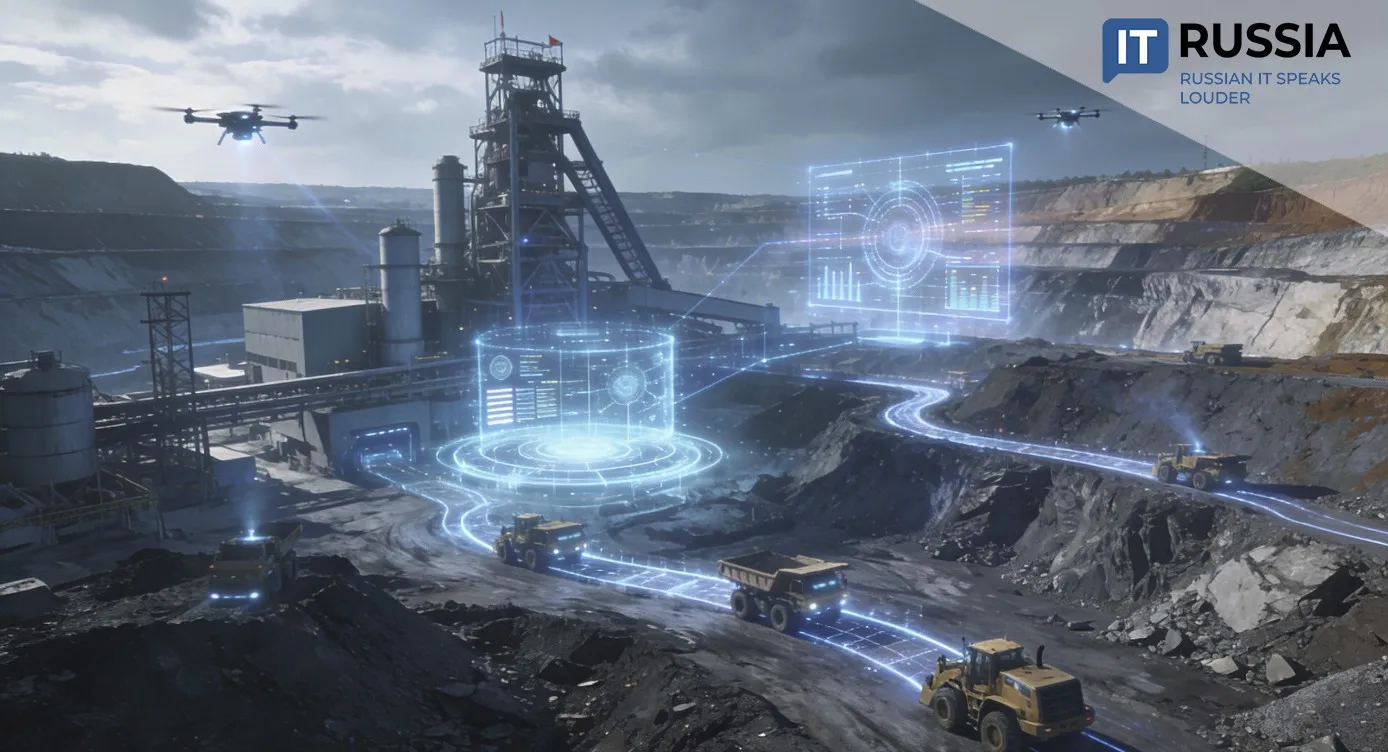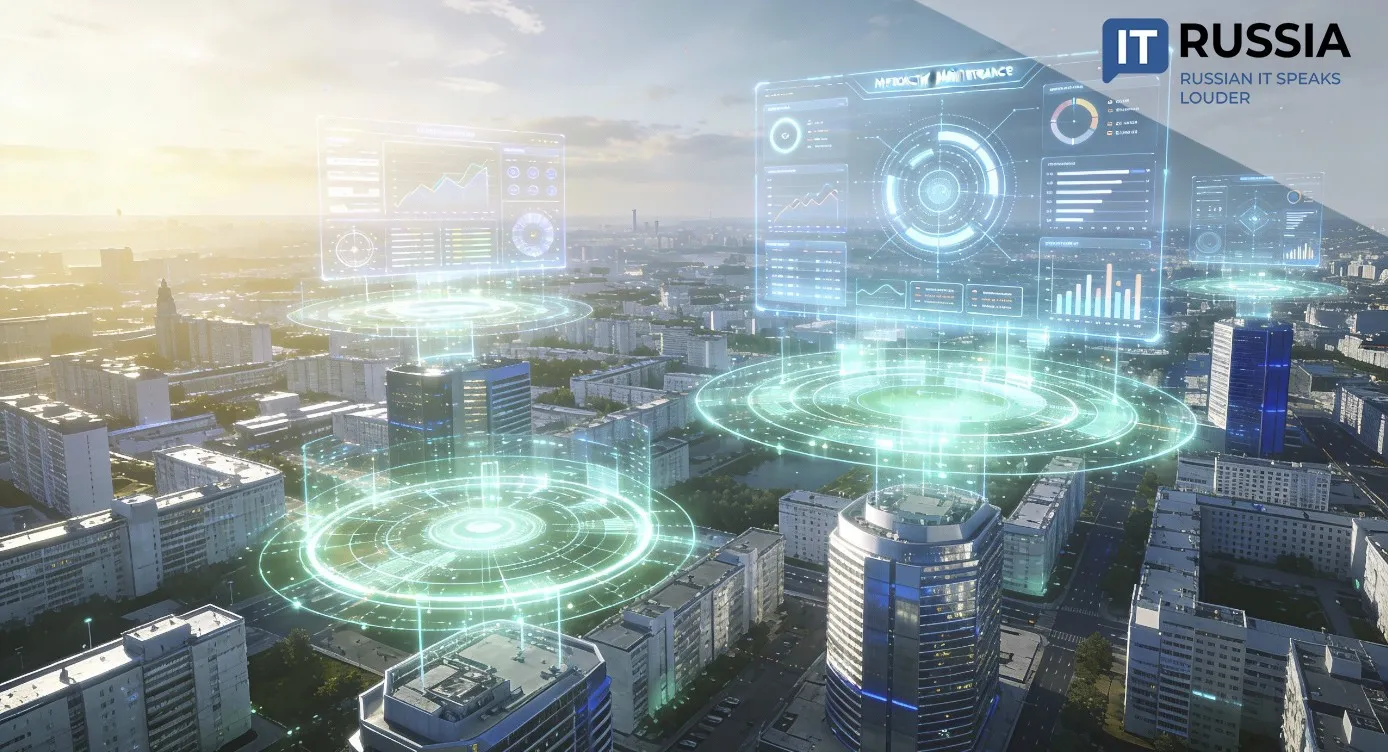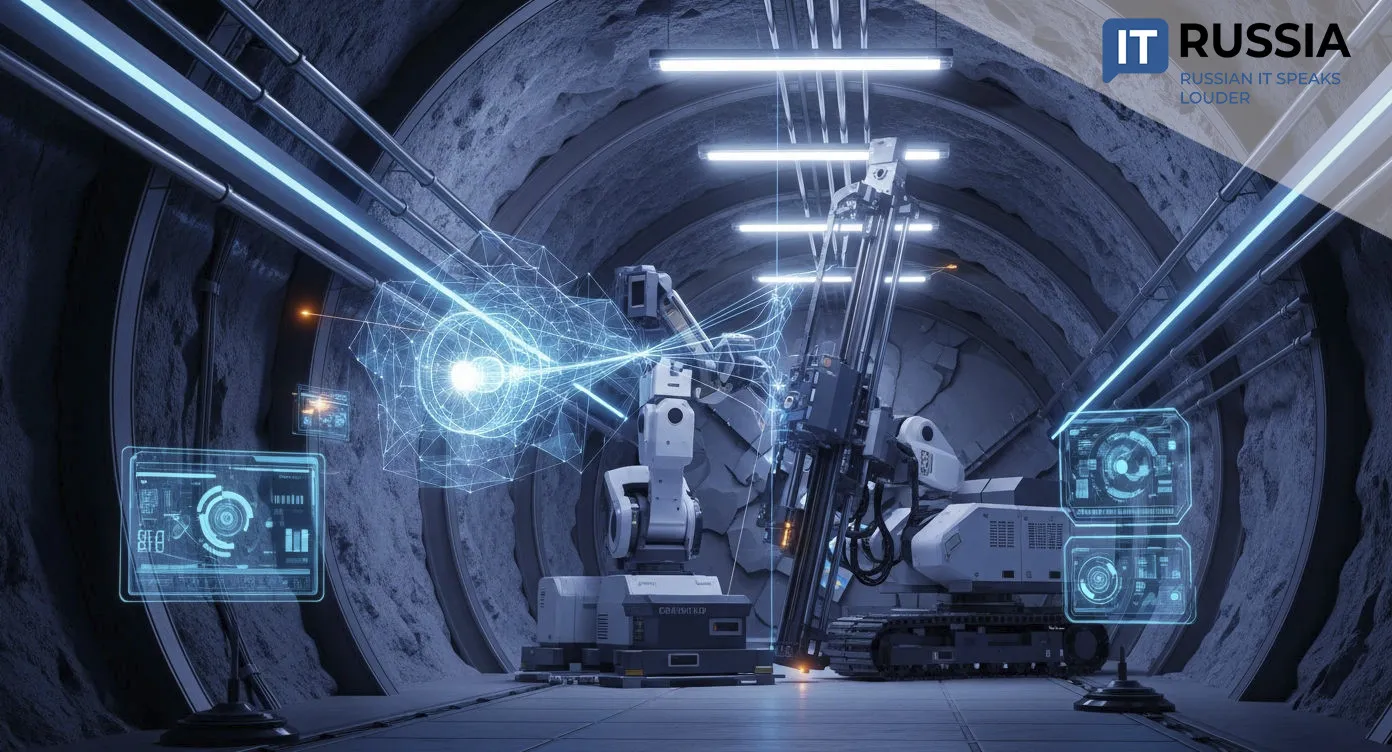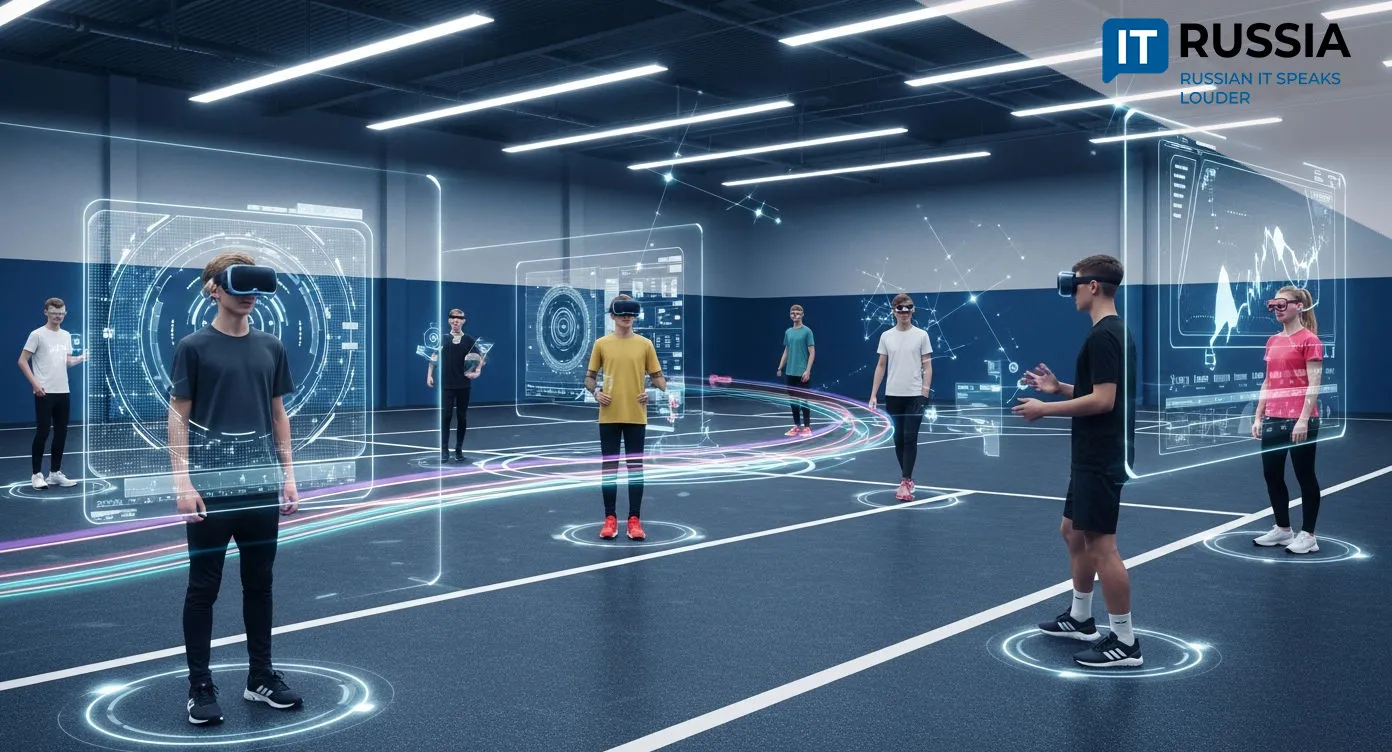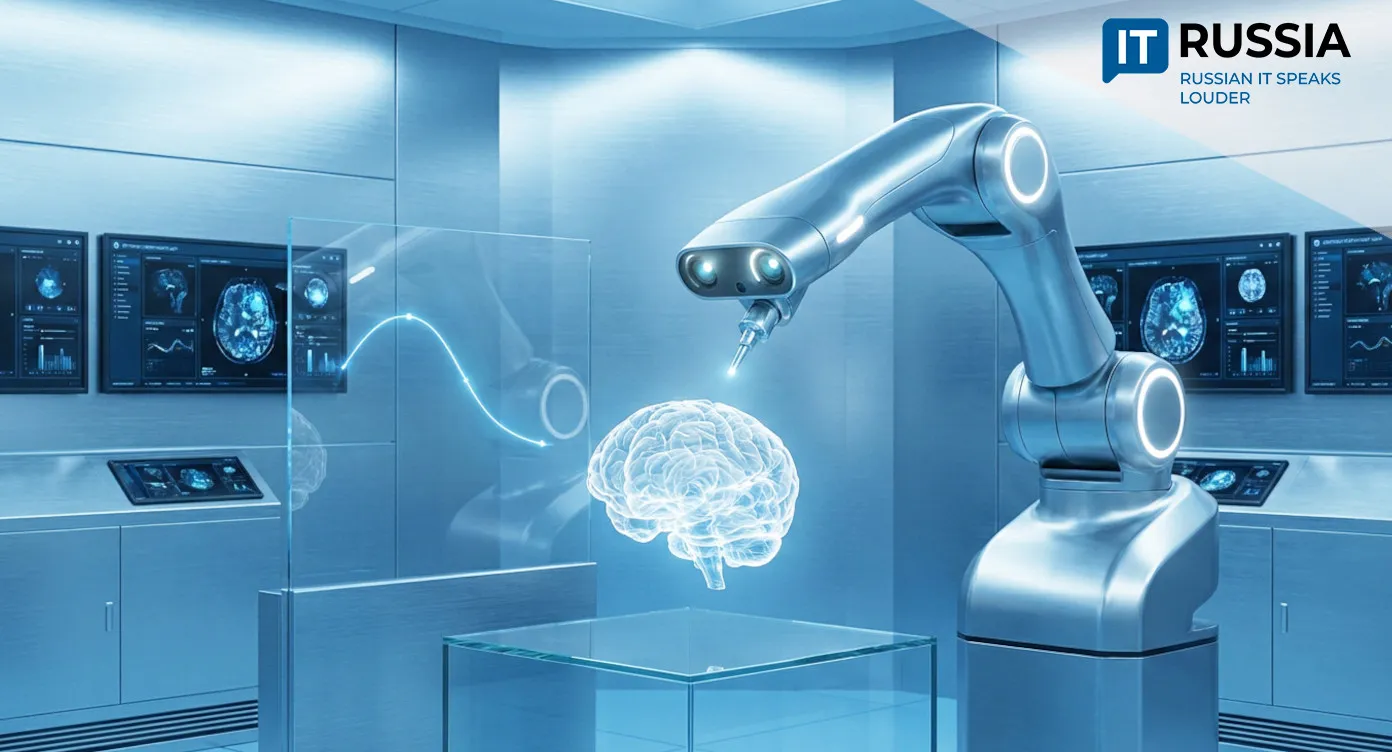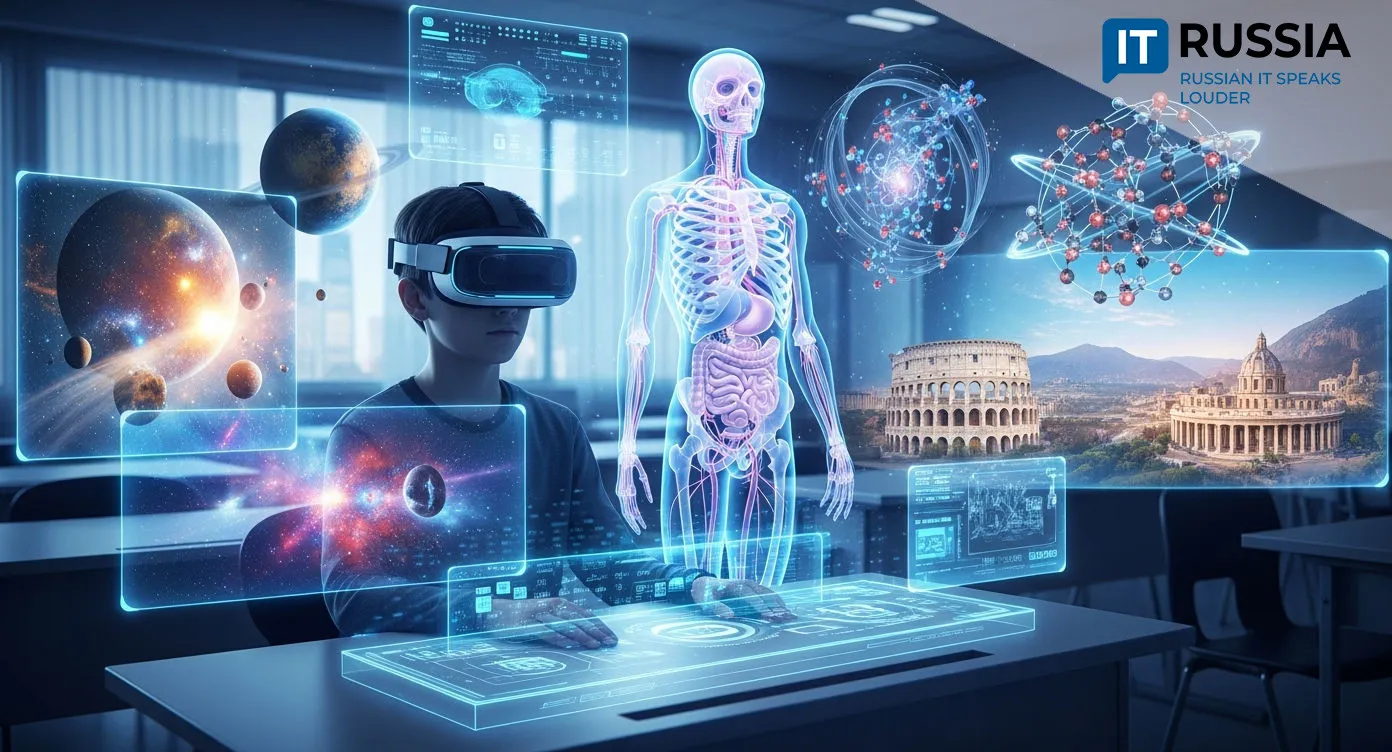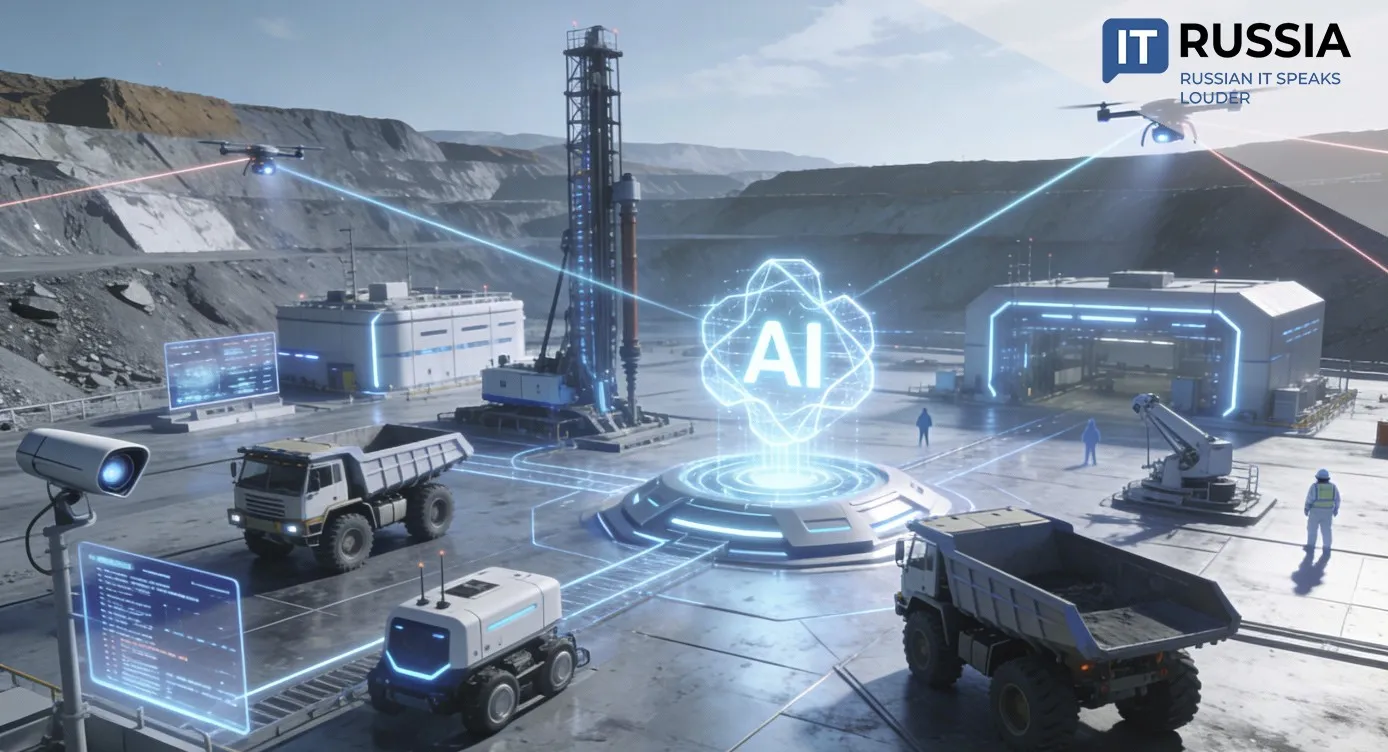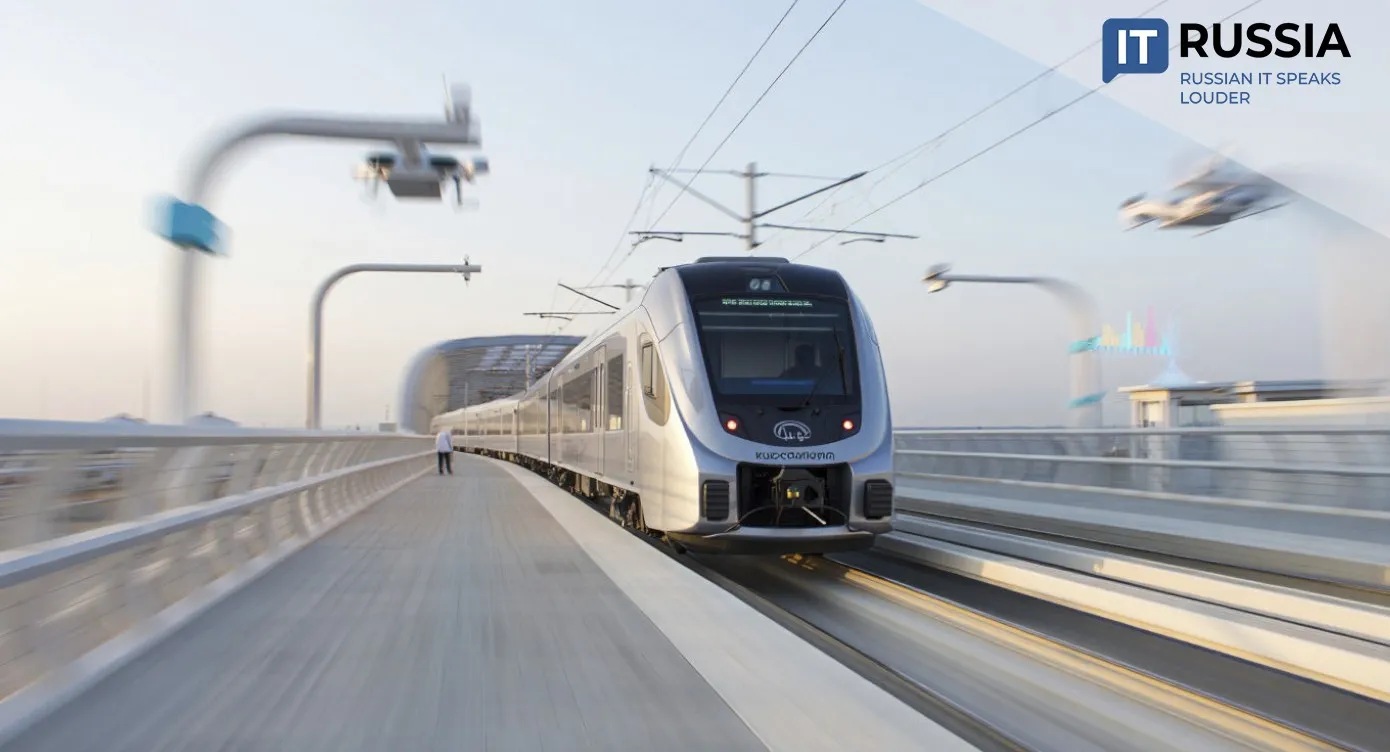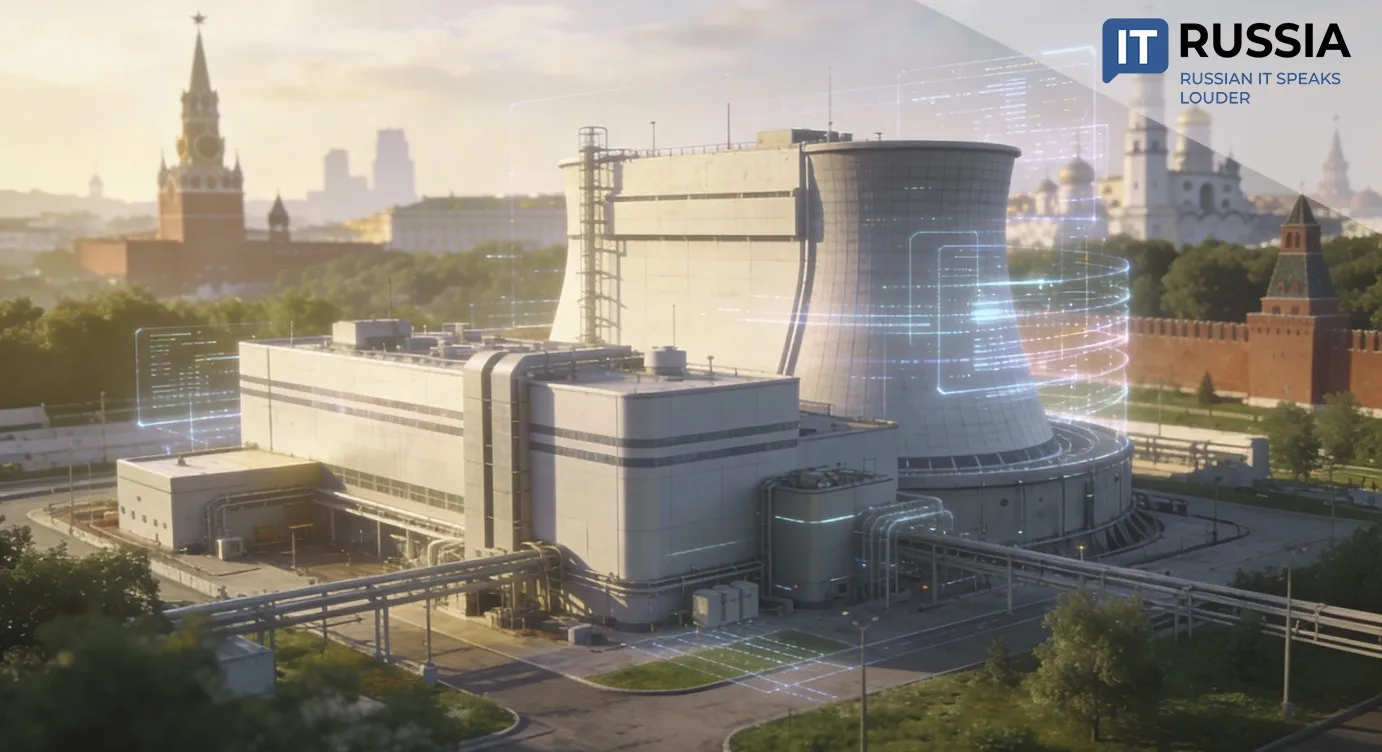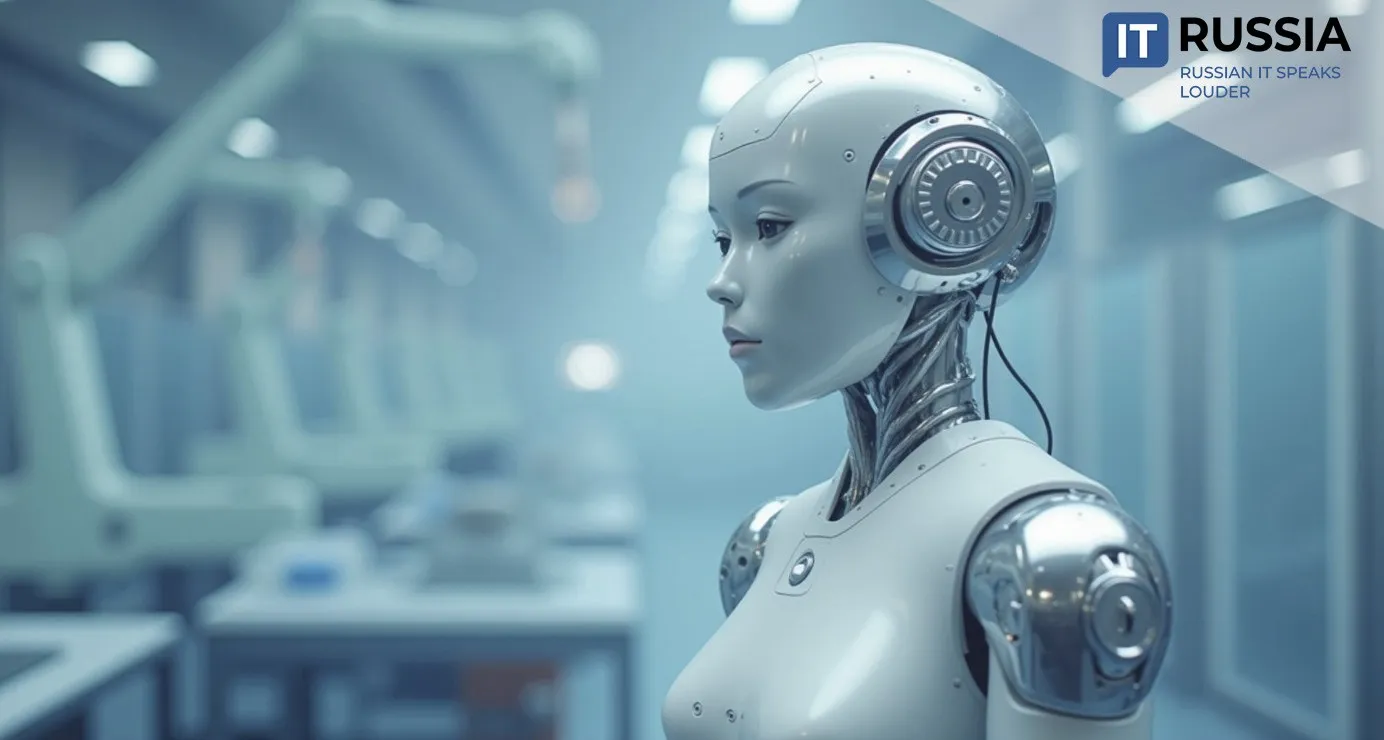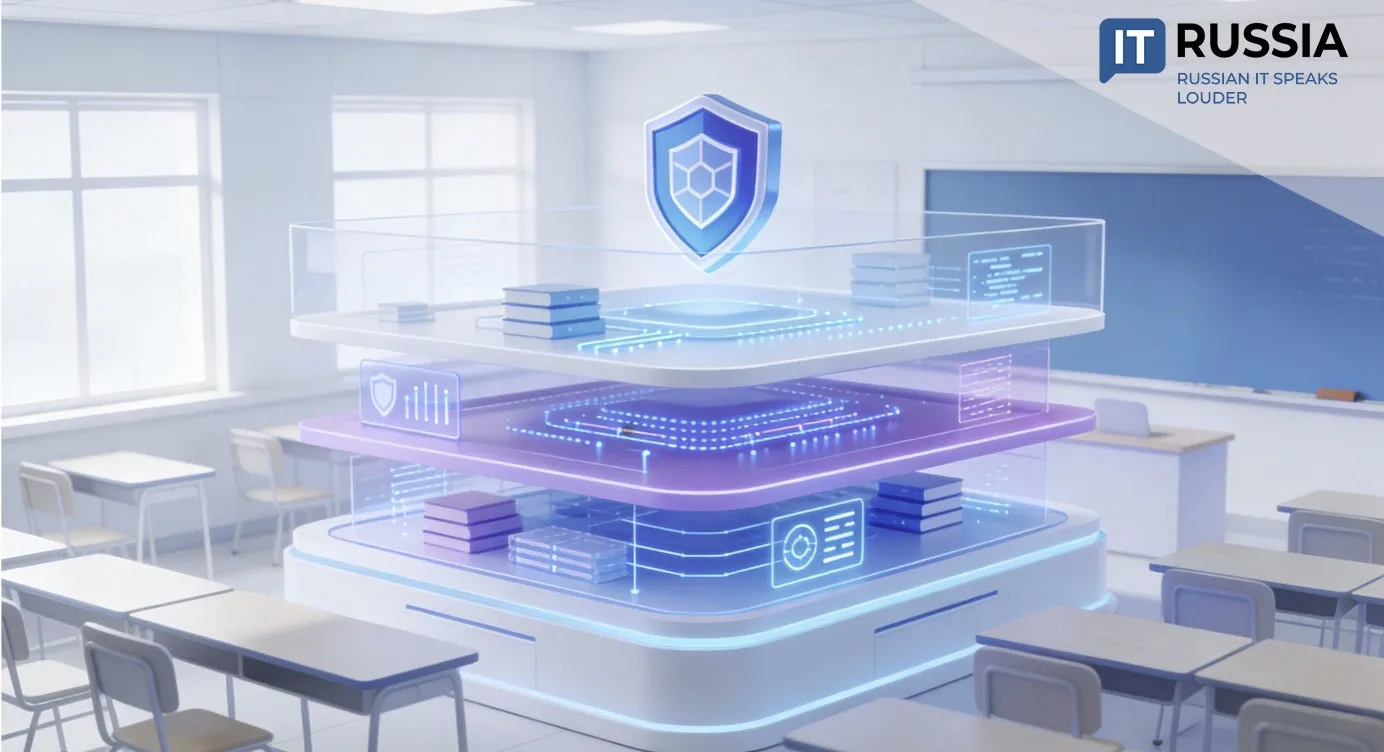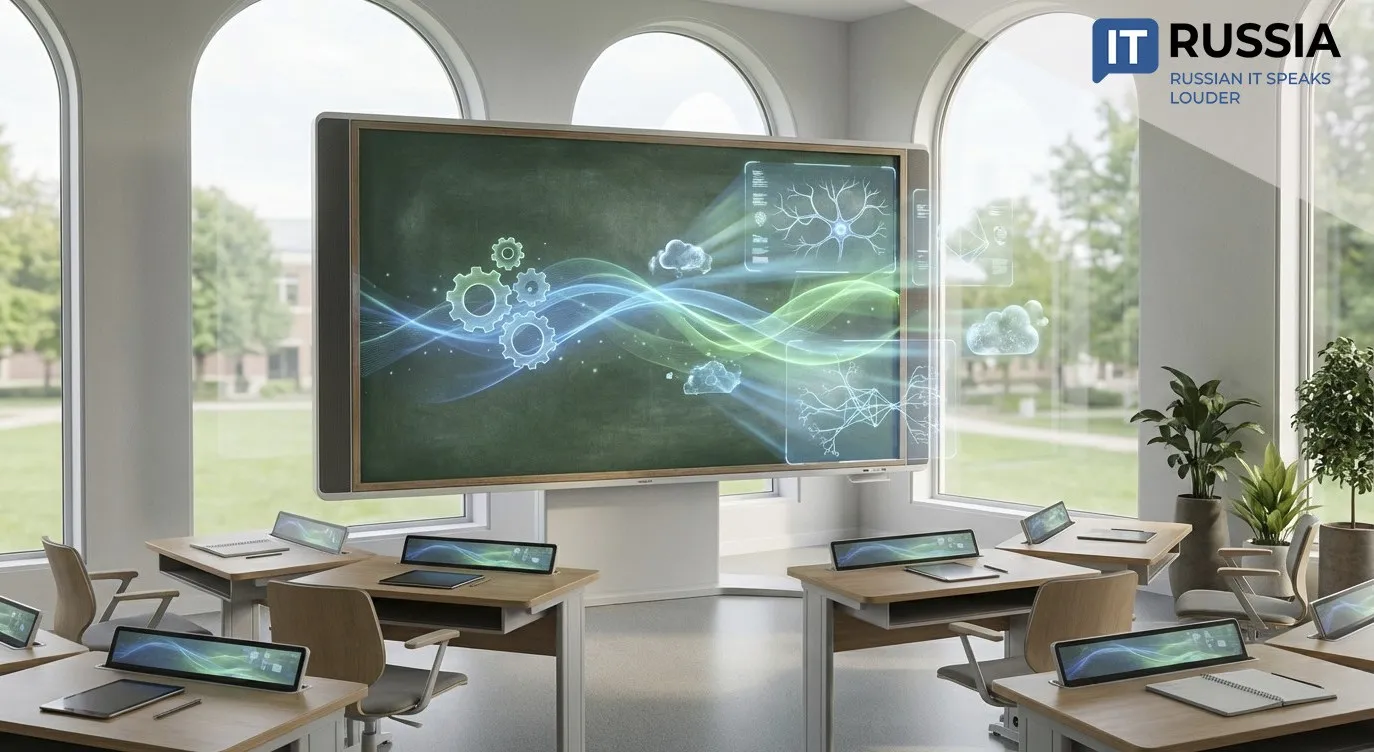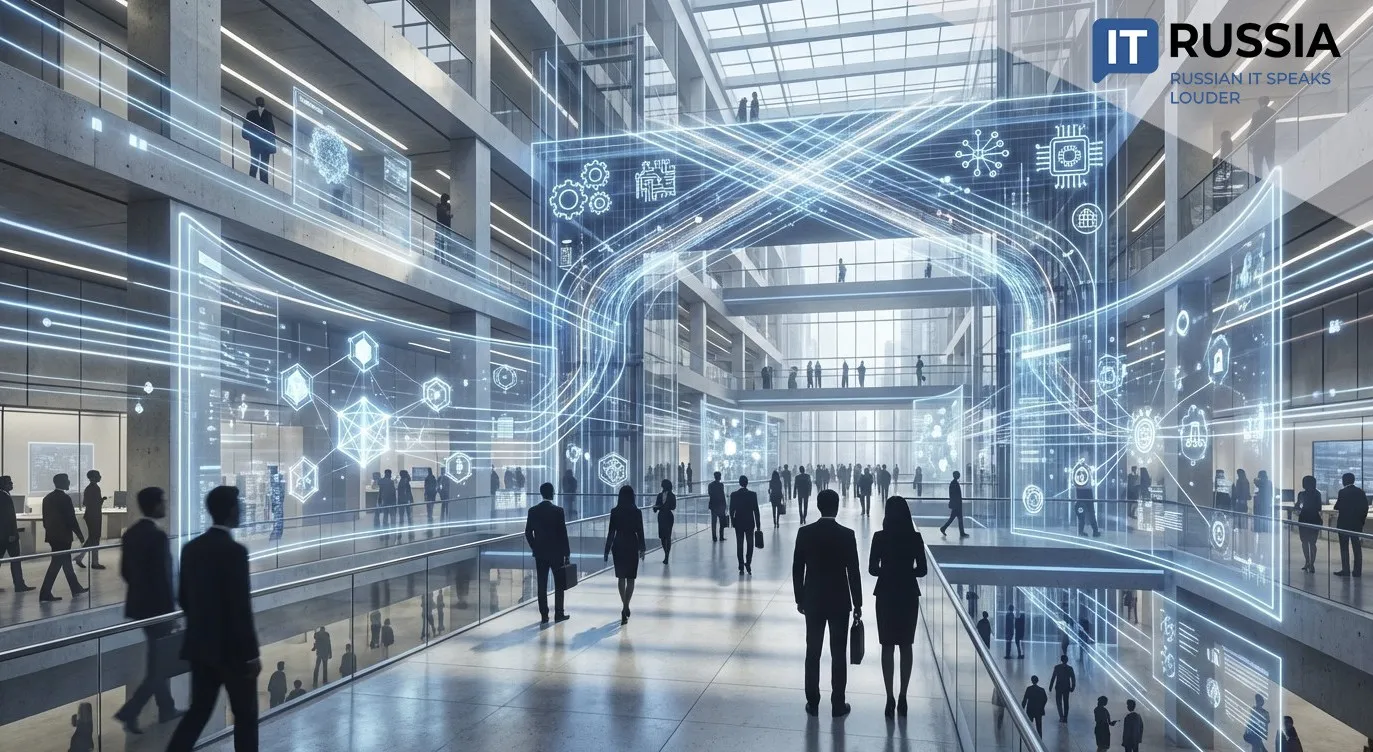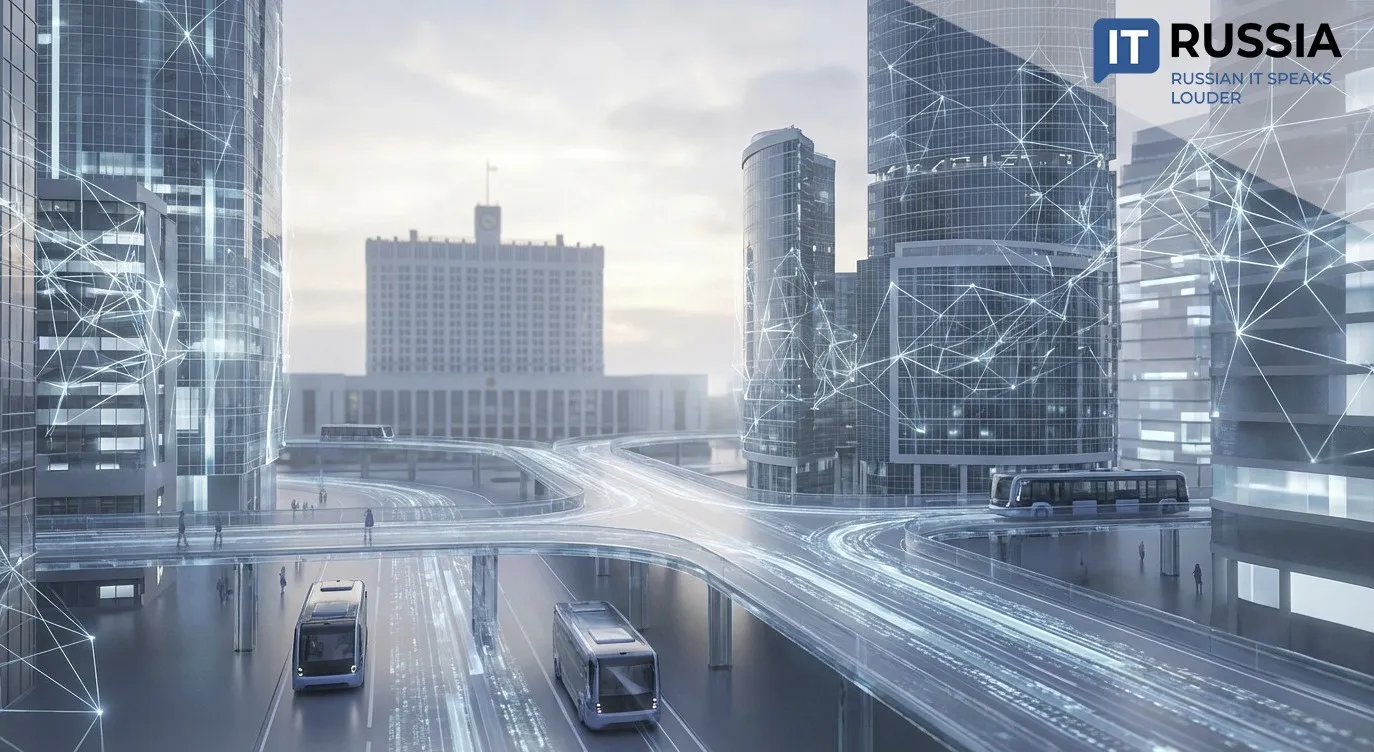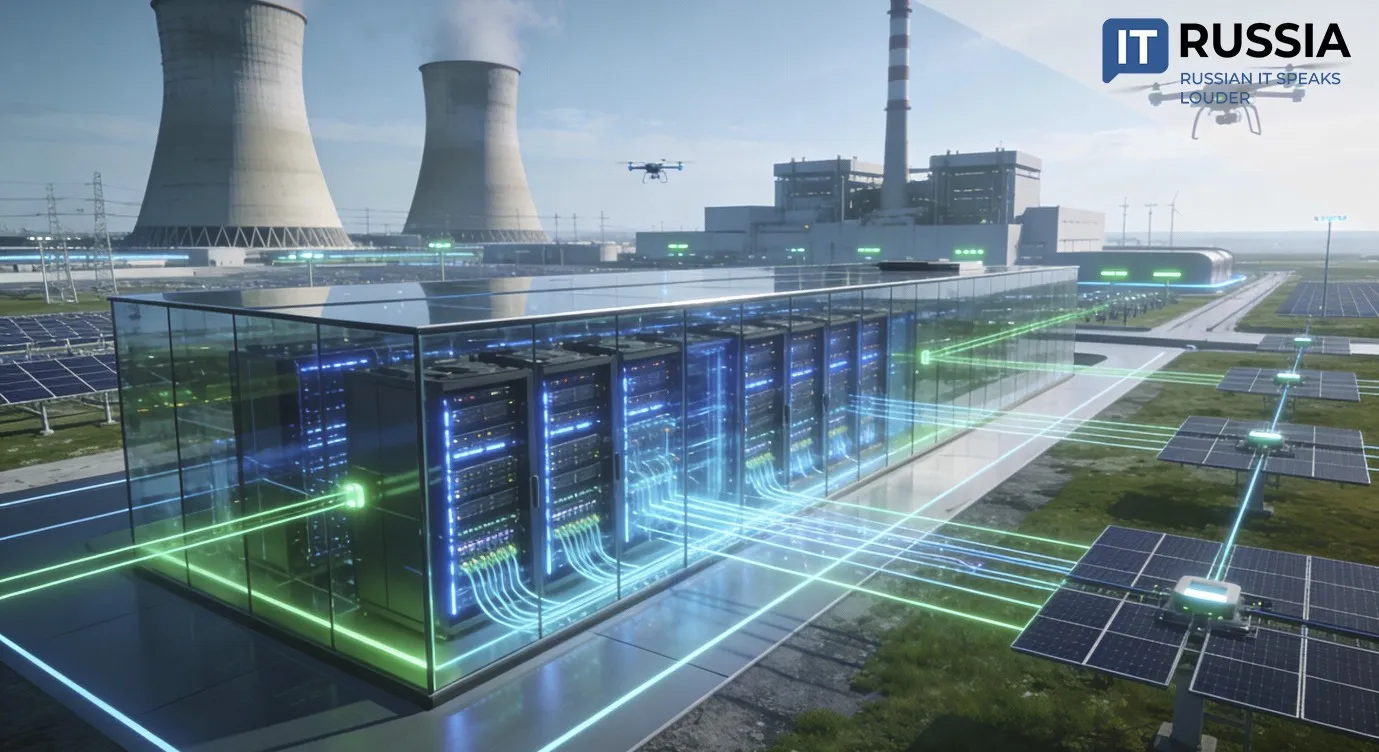AI for District Heating: A Breakthrough by Perm Scientists Could Save Millions and Transform Utilities
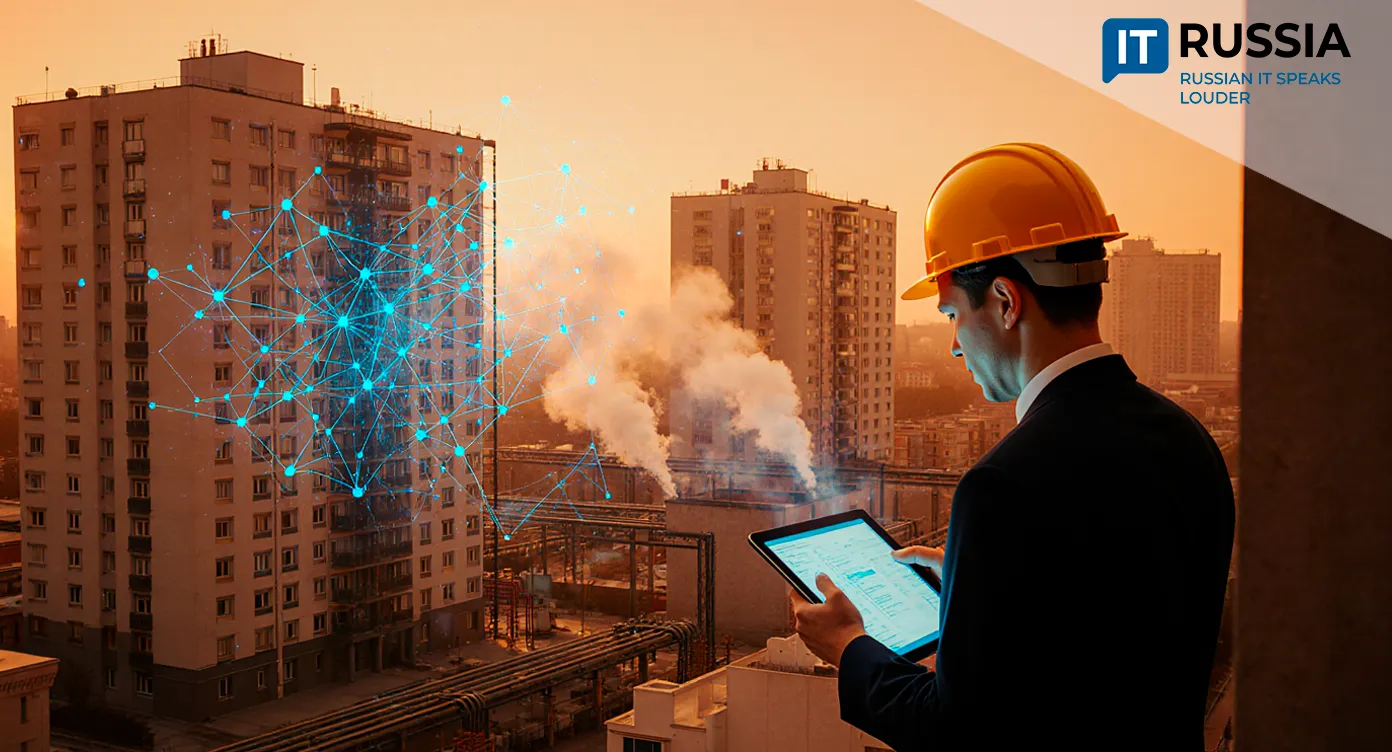
Smart algorithms are entering the housing and utilities sector, promising a revolution in one of the most conservative industries. Researchers at Perm National Research Polytechnic University (PNRPU) have developed an AI-based urban heating management system that could cut heating costs by 10–12% annually.
Neural Networks Forecast Demand
At the heart of the system lies a neural network algorithm that analyzes real-time data from temperature and pressure sensors in heating networks, combined with up-to-date weather forecasts. Based on this information, the AI calculates the optimal temperature of the heat carrier supplied from the boiler to the network, fully preventing both underheating and overheating of apartments.
The distinctive feature of the Perm scientists’ approach is its two-stage training process. First, the algorithm is trained on a specially created virtual test bench that simulates diverse heating networks with varying parameters, heat losses, and weather conditions. Then the system is further trained in real conditions of a specific city, which enables it to quickly adapt to local features.

The Scale of the Problem and the Potential of the Solution
In Russia, centralized heating is the backbone of infrastructure, providing warmth and hot water to about 100 million people—nearly 70% of the population. But due to aging equipment, hands-on management, and the lack of flexible regulation, heat losses in such systems can reach 30%. This results not only in enormous financial losses but also in accident risks, overheated apartments, and dissatisfied consumers.
The PNRPU development addresses these core issues by replacing complex physical models of heating networks with a flexible AI-driven solution capable of reacting to changes in real time. For example, if warmer weather is forecast, the system lowers the temperature of the circulating fluid in advance, synchronizing with environmental conditions and avoiding wasted energy.
The project is part of the national 'Priority 2030' program, underscoring its strategic significance for the country. Its modular design and adaptability also open the door to strong export potential, particularly in countries where centralized heating remains relevant.

Russian Heat Supply Gets Smarter
The integration of AI into municipal infrastructure is both a global and a Russian trend. For instance, in 2020, Yekaterinburg unveiled Russia’s first digital heating supply system under the Smart City initiative, enabling real-time control of heat distribution. In 2024, Moscow launched a large-scale project to create a comprehensive digital platform for modeling and predicting the environmental and economic consequences of heating-related decisions. At its core is a detailed electronic model of Moscow’s heating supply system, integrated with climate and environmental data.
The development by Perm scientists fits seamlessly into this trajectory, offering a neural-network, self-learning approach that expands the boundaries of what digital heating management can achieve.
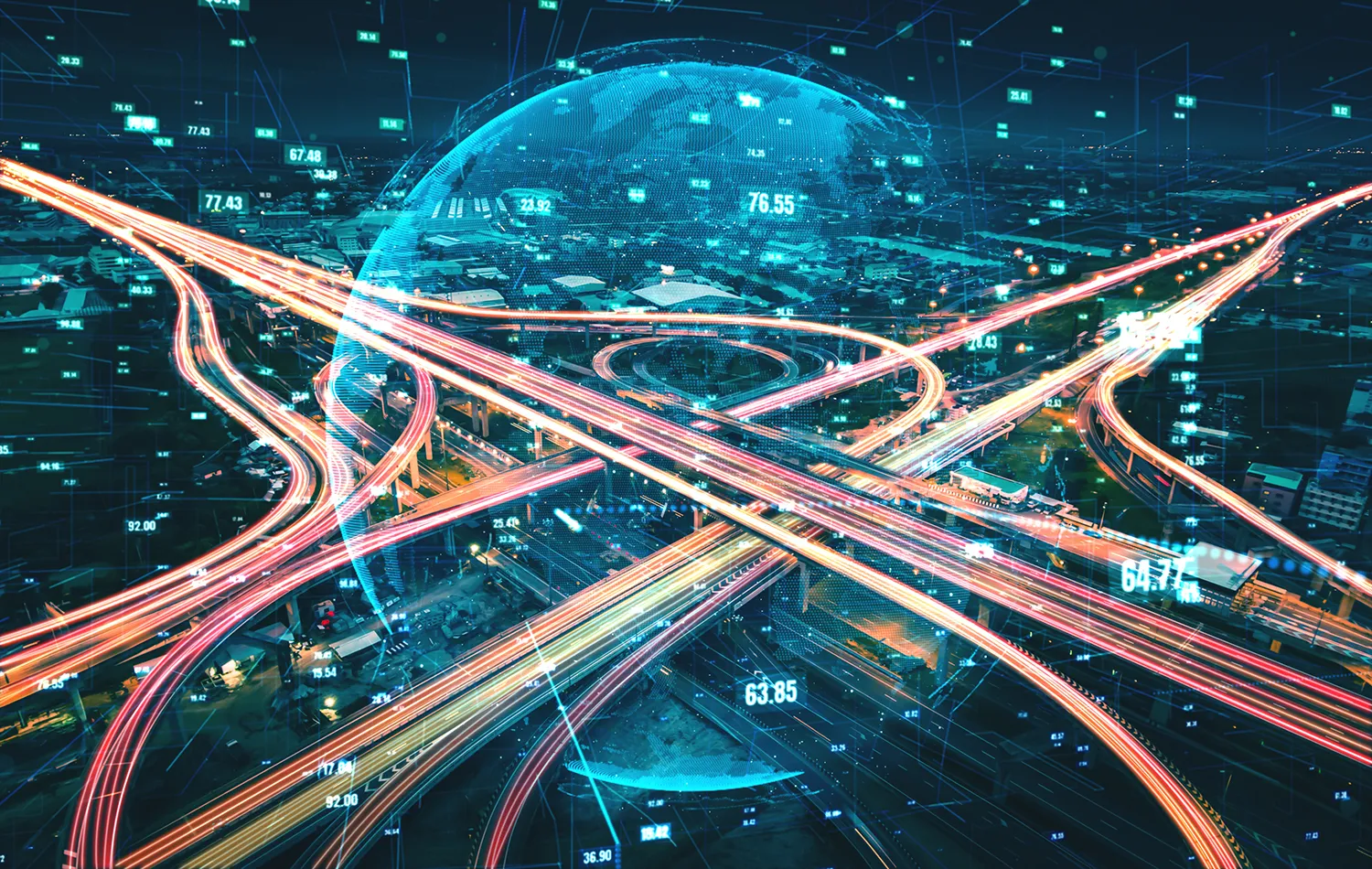
AI as the Key to Reliability and Energy Efficiency
Developers and industry experts agree: AI solutions like this represent the future of energy efficiency and digitalization in utilities. In the short term, pilot projects can be expected in Russian cities with highly centralized heating. In the medium term, widespread adoption by municipal enterprises appears realistic.
Thus, the Perm Polytechnic innovation is not just another academic project but a practical tool for sustainable urban infrastructure. Already today, it has the potential to deliver real economic benefits, improve the quality of life for millions, and reduce environmental impact.





